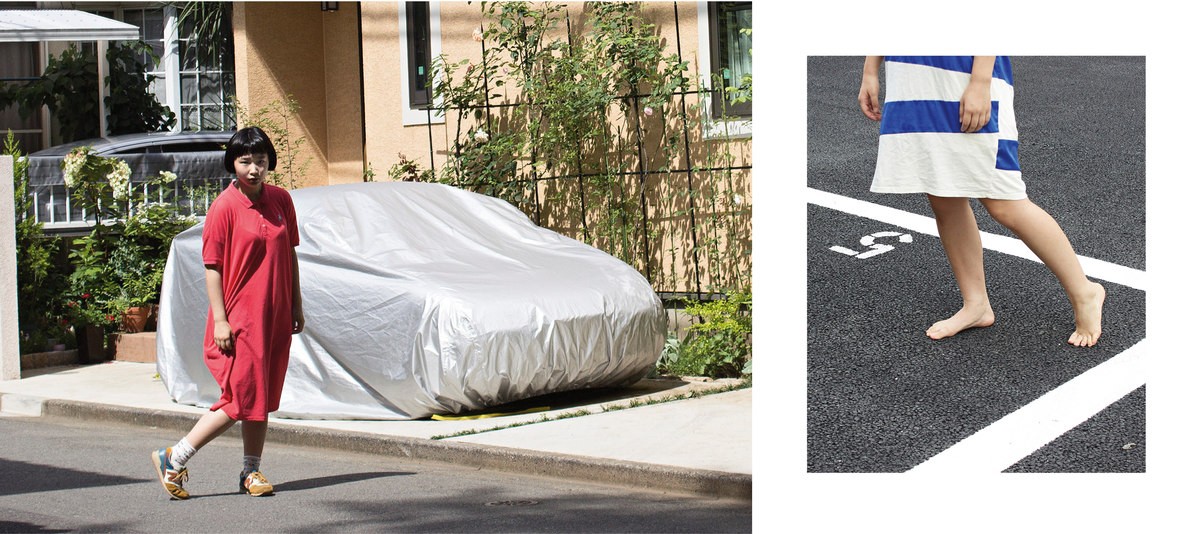
Izumi Miyazaki
Social media outlets offer plenty of scope for creativity—and a new generation of web artists play skillfully with it. Izumi Miyazaki from Japan is one of them.
Birte Mußmann (copy) & Izumi Miyazaki—courtesy bergonzofirstfloor (photo)

“PUTTING MYSELF ON DISPLAY NONSTOP IS MY WAY OF SATIRIZING THE SELFIE CULTURE SO PREVALENT ON SOCIAL NETWORKS.”
The birth of the Internet in the early 1990s marked a technology milestone. At the time, however, hardly anyone could have foreseen just how far this project’s reach would soon spread. Today, nearly 30 years later, this perception has changed: We can no longer imagine our lives without the ubiquitous web. The rudimentary sites of former days have now grown into multimedia channels, and social networks have sprung up like mushrooms. Our society seems to spend more time online than off. All this activity is driven by the idea that sharing is caring: In the digital age, photos, videos and opinions are posted as a matter of course for fans and followers to see. And to comment on — at times favorably, at others with bluntness and criticism. This new world has also attracted artists who use the Internet as a stage —such as Japanese photographer Izumi Miyazaki.
The 24-year-old makes her photography available on the blogging site Tumblr. In doing so, she joins the ranks of a new generation of young artists — digital natives, for whom availing themselves of digital platforms is second nature, even though that was not the original intention in the creative process. But is it still a logical and inevitable step that confers benefits? “The Internet and social media have made it possible for a new generation of artists to connect with each other and make their voices heard,” says Anika Meier, who has explored the topic for the Virtual Normality—Women Net Artists 2.0 exhibition at the Museum of Fine Arts in Leipzig. Works by the young Japanese artist Miyazaki were also part of the show. “These female net artists project their lives, play characters, create alter egos and assume roles, thus shining a spotlight on stereotypes, clichés and archetypes. They blur the lines between art and life, sometimes to the point of making them unrecognizable.”
Social media channels provide plenty of space to experiment and share art, while at the same time intensely examining the Internet and the impact the chosen medium exerts on art. A new kind of dialog has resulted. From a historical perspective, this is nothing new; art has always been a subject of debate. In the 21st century, it is increasingly carried out in the digital sphere. Social media, however, influences not only the exchanges among art lovers or critics, but also the subjects being depicted. The digital world is fast-paced, flooded with data and characterized by the same type of viewing habits. The pace is different from the spacious, high-ceilinged rooms of an analog gallery.

The number of social media users is forecast to climb to 3.02 billion in 2021.
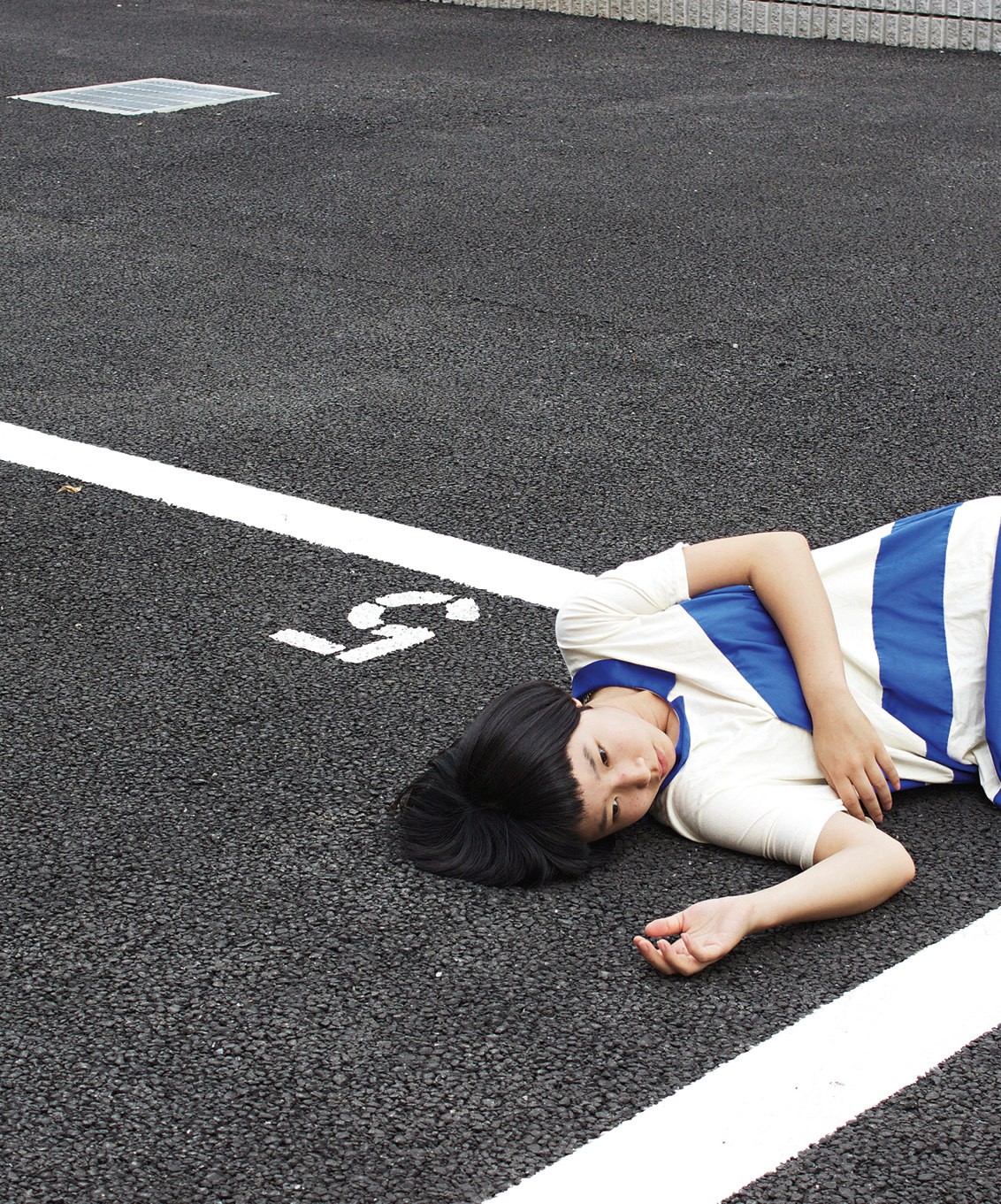
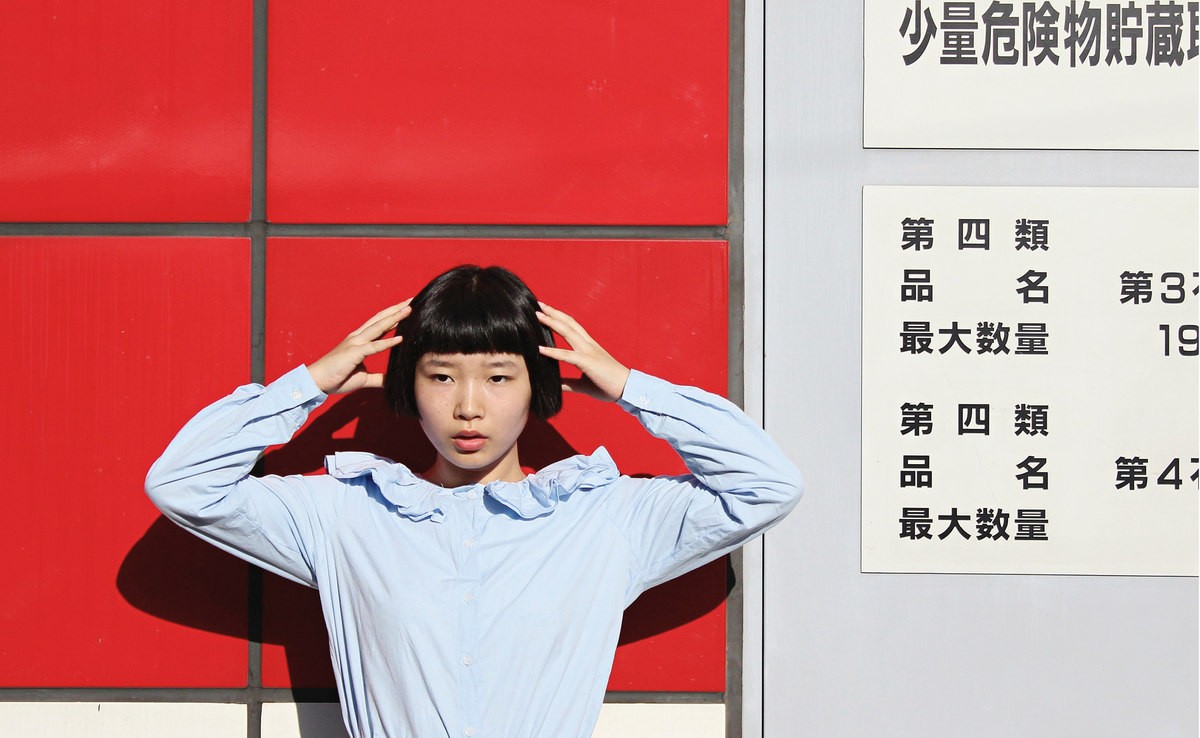
Izumi Miyazaki was born in Yamanashi, Japan, in 1994. She graduated from Musashino Art University in 2016. She posted her first self-portraits on Tumblr while she was still a student. Now a professional photographer, she exhibits her work both in Japan and abroad.
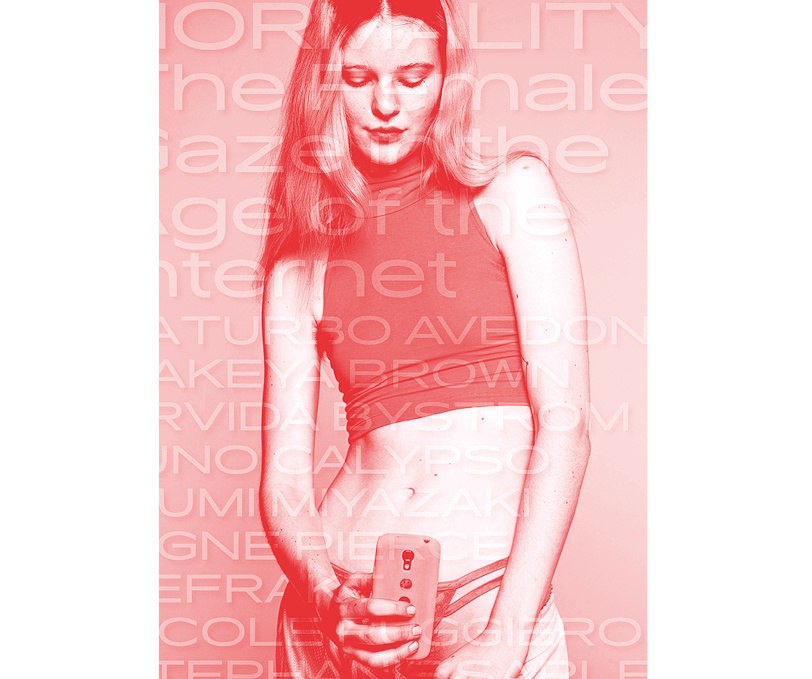
“Virtual Normality—Women Net Artists 2.0”: Both the exhibition and the book feature women artists who reflect the female perspective of sexuality, identity and femininity in the digital era.
Izumi Miyazaki defines her relationship to social media as “mysterious” and adds: “Social media offer space for interaction. But what I think is missing is a true understanding of the person behind it. Immediate emotions that are stirred by viewing my work are sometimes hard to capture due to the anonymity of the web. That’s different in an analog exhibit.” What’s more, a certain netiquette still needs to be followed. Breaches could cause work to be deleted or profiles blocked. This is a newly defined post-modernist angst, which can expose the limits of a feminist artistic approach on the web—primarily in terms of presenting the female body. That is why female artists must often make use of different stylistic means than in the analog world.
“Izumi Miyazaki’s self-portraits are grotesque and surreal. She caricatures self-display and exaggerates the nature of the performance exhibited in selfies, because they are meant to give information about a moment. She depicts herself in front of a mirror or with food, just like millions of people who share selfies and food porn daily on social media. Except for an ironic disjunction,” Anika Meier says of Miyazaki’s work in the book that grew out of the exhibit showcasing the new generation of female net artists. Putting herself on display nonstop is Miyazaki’s way of satirizing the selfie culture so prevalent on social networks. To express that, she puts herself in the social media-savvy Generation C perspective and turns it into her own artistic approach. “I suffered from an inferiority complex for a long time, and felt depressed. That sparked a desire to create light, playful art to help me think happier thoughts. So I started taking selfies—just for me, not for other people,” Miyazaki says. Through her works, she seems to challenge the observer’s perception and sharpen it to take in details. She invites the fast digital pace to take a break, to slow down and explore the details in the imagery. The popularity of Miyazaki’s approach can be explained mainly by her image as an average girl. Anika Meier puts a fine point on it: “Her photos quench a thirst for pictures that respond to the mass selfie movement with self-irony rather than self-obsession.”
Although the blogging site helped Izumi Miyazaki gain a large audience in the art scene and with the public at large, she is currently treating herself to a little digital detox. After all, not everything in life happens online. A life untouched by the flood of data feels increasingly like a precious commodity. And not just to web artists.

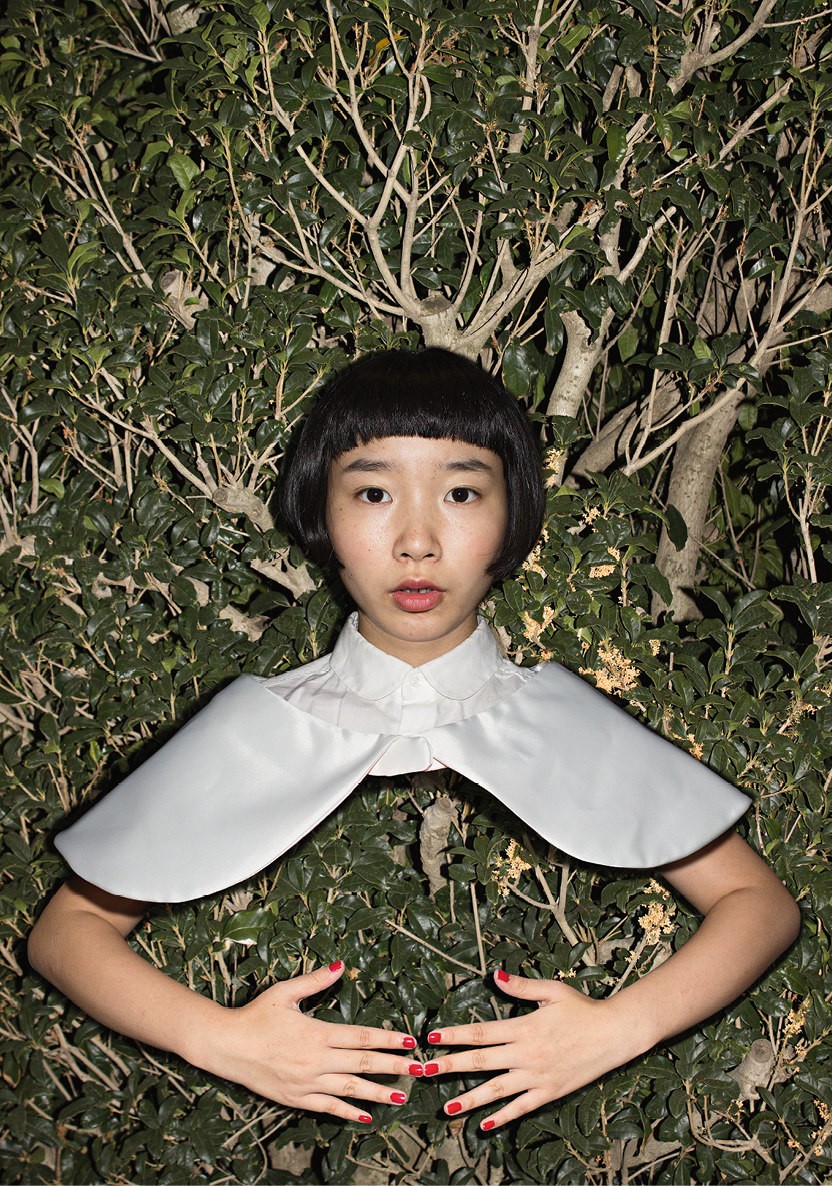
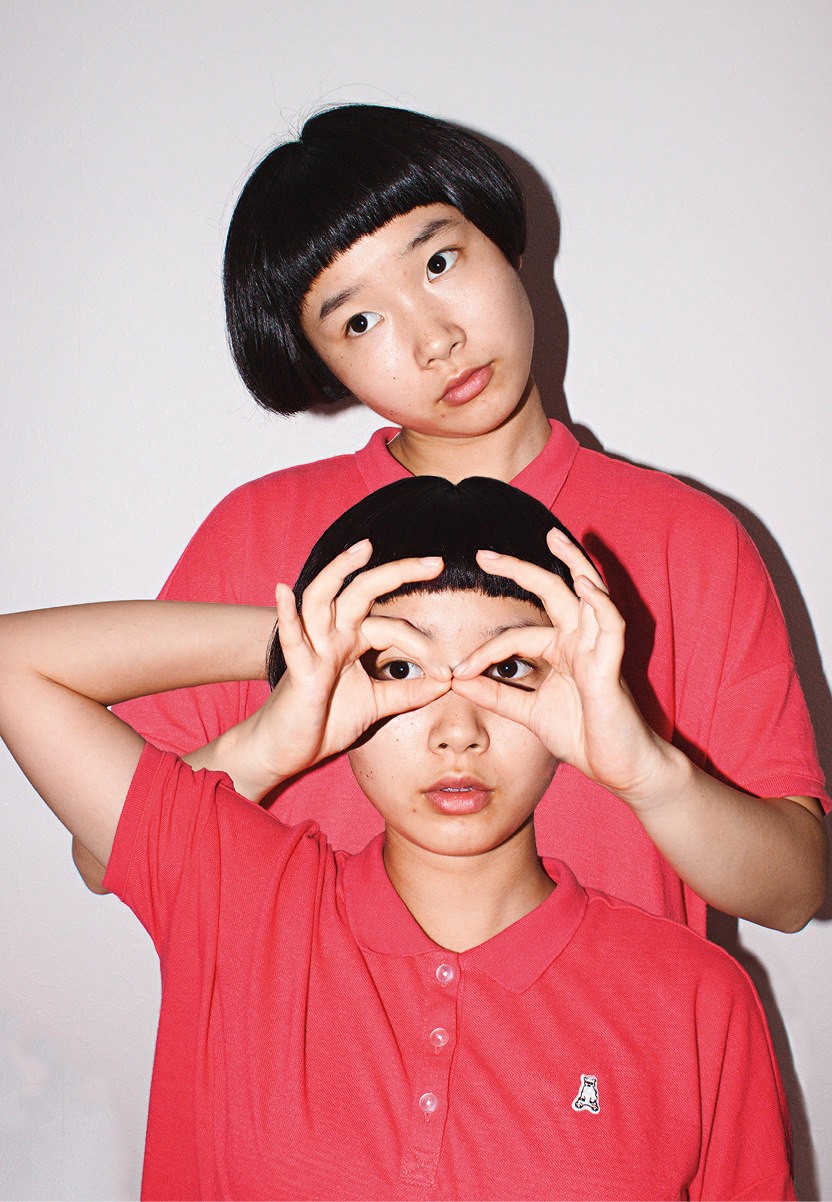
Further photo credits: VFMK Verlag für Moderne Kunst